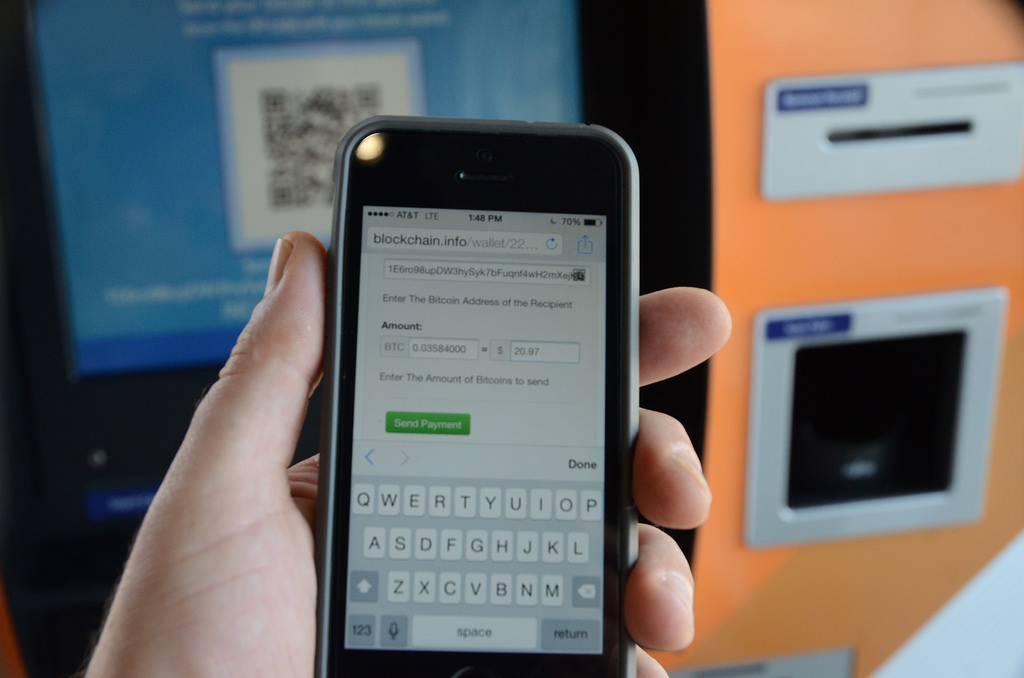The year 2015 has been a spectacular one for the financial sector. One of the most prominent developments has been that global financial institutions have started embracing blockchain technology. Yet another is the buzz around fintech companies.
Fintech, as the name suggests, refers to any kind of technology relating to the financial sector, ItProPortal explains. While earlier fintech was limited to PCs and software used by financial companies and institutions, it has become a very broad term with the rapid adoption of the Internet, smartphones and mobile applications. Mobile payments system, cryptocurrencies, crowdsourcing, and even social media platforms have taken the fintech revolution to the next level.
“Investment in fintech had grown from $4.05 billion in 2013 to $12.2 billion by the start of 2015” – ItProPortal
According to a recently published article on The Globe And Mail, the fintech companies are now aiming to offer alternative finance – financing arrangements at competitive rates to small businesses and consumers. Small businesses world over they find that banks always cannot meet their needs and hence they look to these sources of alternative finance.
“Fintech is surfing a wave of market-driven need. In the B2C space there are so many areas where existing providers have exited the market and created product vacuums that there is a real demand for new solutions. Capital markets players need solutions to the various regulatory challenges amongst others”, Financial News quoted Mark Beeston, a managing partner at Illuminate Financial Management.
However, unlike banks, these start-up companies do not undertake the much required credit checks and shorten their turnaround time by putting together technology, statistics and complex algorithms to accelerate the loan-approval process. Some loans are even approved within minutes, with funds credited to the bank account by the end of the day.
Needless to say, this increases the risk of subprime lending. Talib Contractor writes that the smaller loans may be unsecured –backed by only the borrowers’ creditworthiness rather than hard collateral – which increases the risk of fraud and more personal and business bankruptcies.
StatsCan estimates that business bankruptcies have fallen 0.7 percent in the third quarter of 2015 compared with the same quarter the previous year, however, if the trend of offering small business loans without diligent credit checks is followed, the number could change soon.
“The problems that we’re starting to see in the small business lending market, to me, are extremely troubling,” said Michael Barr, former assistant secretary of the US Treasury, at the August 10 launch of the Small Business Borrowers’ Bill of Rights. “And they are, in some respects, reminiscent of some of the problems in the subprime mortgage sector that we saw in the leadup to 2008, though obviously on a smaller scale.”
Fintech Companies: Alternative Finance Or Subprime Lending?

Using Blockchain.info's Bitcoin web wallet on an iPhone to send money to a Expresscoin / Robocoin Bitcoin ATM. The ATM is at Locali in Venice, California. (flickr/BTC Keychain)
Monday, December 14, 2015 6:32 AM UTC
Editor's Picks
- Market Data
Most Popular



 Wikipedia Pushes for AI Licensing Deals as Jimmy Wales Calls for Fair Compensation
Wikipedia Pushes for AI Licensing Deals as Jimmy Wales Calls for Fair Compensation  Quantum Systems Projects Revenue Surge as It Eyes IPO or Private Sale
Quantum Systems Projects Revenue Surge as It Eyes IPO or Private Sale  TSMC Accuses Former Executive of Leaking Trade Secrets as Taiwan Prosecutors Launch Investigation
TSMC Accuses Former Executive of Leaking Trade Secrets as Taiwan Prosecutors Launch Investigation  Airline Loyalty Programs Face New Uncertainty as Visa–Mastercard Fee Settlement Evolves
Airline Loyalty Programs Face New Uncertainty as Visa–Mastercard Fee Settlement Evolves  Norway’s Wealth Fund Backs Shareholder Push for Microsoft Human-Rights Risk Report
Norway’s Wealth Fund Backs Shareholder Push for Microsoft Human-Rights Risk Report  Hikvision Challenges FCC Rule Tightening Restrictions on Chinese Telecom Equipment
Hikvision Challenges FCC Rule Tightening Restrictions on Chinese Telecom Equipment  Anthropic Reportedly Taps Wilson Sonsini as It Prepares for a Potential 2026 IPO
Anthropic Reportedly Taps Wilson Sonsini as It Prepares for a Potential 2026 IPO  OpenAI Moves to Acquire Neptune as It Expands AI Training Capabilities
OpenAI Moves to Acquire Neptune as It Expands AI Training Capabilities  Amazon Italy Pays €180M in Compensation as Delivery Staff Probe Ends
Amazon Italy Pays €180M in Compensation as Delivery Staff Probe Ends  Michael Dell Pledges $6.25 Billion to Boost Children’s Investment Accounts Under Trump Initiative
Michael Dell Pledges $6.25 Billion to Boost Children’s Investment Accounts Under Trump Initiative  Visa to Move European Headquarters to London’s Canary Wharf
Visa to Move European Headquarters to London’s Canary Wharf  Intel Boosts Malaysia Operations with Additional RM860 Million Investment
Intel Boosts Malaysia Operations with Additional RM860 Million Investment  Momenta Quietly Moves Toward Hong Kong IPO Amid Rising China-U.S. Tensions
Momenta Quietly Moves Toward Hong Kong IPO Amid Rising China-U.S. Tensions  ByteDance Unveils New AI Voice Assistant for ZTE Smartphones
ByteDance Unveils New AI Voice Assistant for ZTE Smartphones  Nexperia Urges China Division to Resume Chip Production as Supply Risks Mount
Nexperia Urges China Division to Resume Chip Production as Supply Risks Mount  Netflix’s Bid for Warner Bros Discovery Aims to Cut Streaming Costs and Reshape the Industry
Netflix’s Bid for Warner Bros Discovery Aims to Cut Streaming Costs and Reshape the Industry  Tesla Expands Affordable Model 3 Lineup in Europe to Boost EV Demand
Tesla Expands Affordable Model 3 Lineup in Europe to Boost EV Demand 


























